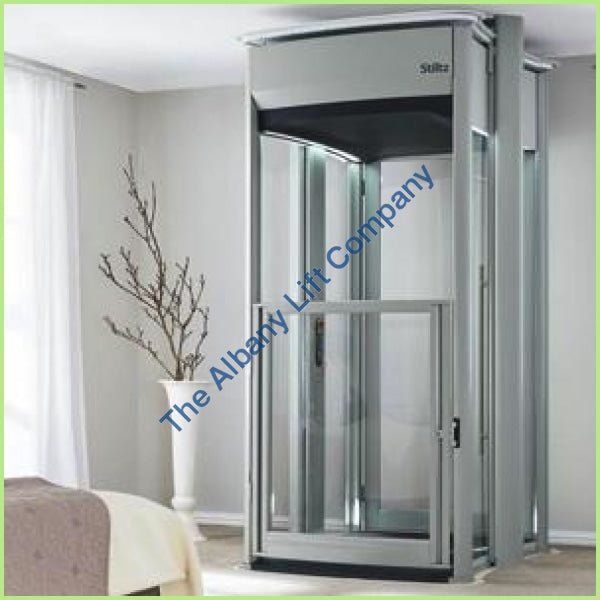Top Lift Companies in London: Offering Top Quality Installations and Maintenance
Top Lift Companies in London: Offering Top Quality Installations and Maintenance
Blog Article
Exploring the Globe of Elevators: Common Issues Dealt With by Numerous Lift Systems
As we navigate with the upright transportation systems of contemporary structures, elevators stand out as an essential component of our everyday lives. From hydraulic lifts to grip systems and machine-room-less layouts, each lift kind comes with its collection of common concerns.
Hydraulic Lifts
Hydraulic lifts, frequently preferred for low-rise structures, utilize fluid stress to regulate the motion of the elevator automobile (lift repair companies). This device involves a hydraulic pump pushing oil into a cyndrical tube, creating the elevator to relocate the preferred direction. While hydraulic elevators are understood for their quiet and smooth operation, they do feature their very own collection of typical issues
One prevalent problem with hydraulic lifts is oil leakage. The seals in the hydraulic system can wear gradually, leading to oil infiltration. If left unaddressed, this not only produces a mess yet can additionally influence the lift's efficiency. Additionally, issues with the control system, such as defective valves or a malfunctioning pump, can trigger interruptions in the elevator's motion.
Routine maintenance and prompt repair work are vital to make sure the smooth functioning of hydraulic elevators. By dealing with these common issues proactively, structure proprietors can lessen downtime and guarantee the security and efficiency of their vertical transport system.
Grip Elevators
When considering upright transport systems in buildings, another usual kind other than hydraulic elevators is the grip lift. Traction lifts run using a system of ropes and counterweights that relocate the elevator cars and truck by grasping onto the hoist ropes. This system allows for smoother and faster vertical transportation compared to hydraulic systems.
Among the typical problems faced by grip elevators is rope wear. The constant activity of the ropes within the traction system can lead to damage in time, possibly triggering the lift to breakdown or become harmful for usage. Regular assessments and maintenance of the ropes are essential to make sure the elevator's correct functioning and safety and security.
One more concern that traction lifts may come across is connected to the control system. Troubles with the control system can result in concerns such as erratic motion, delays in feedback times, or perhaps full shutdowns. Routine screening and maintenance of the control system are critical to avoid such concerns and ensure the lift's integrity.
Machine-Room-Less (MRL) Elevators

One of the essential components of MRL lifts is the small gearless lift companies in London traction equipment that is set up within the hoistway. This device efficiently drives the lift cars and truck without the requirement for bulky tools discovered in traditional grip elevators. In addition, MRL lifts generally use a weight system to balance the auto, additional enhancing their power efficiency.
Despite their benefits, MRL lifts may deal with challenges connected to upkeep and repair work as a result of the confined area for tools installation. Availability for servicing parts within the shaft can be limited, needing specialized training for technicians. Appropriate upkeep schedules and regular examinations are important to make certain the continued smooth operation of MRL lifts.
Overloading and Weight Restriction Issues
Overloading and weight limit issues are crucial issues in elevator operations. Elevator suppliers layout raises with details weight abilities to make sure traveler security and devices longevity.
When elevators are strained, it places extreme stress on the motor, cables, and various other parts, possibly triggering malfunctions or breakdowns. Safety mechanisms such as sensing units and overload sensing units are in place to protect against lifts from moving if they spot excess weight. Additionally, going beyond weight limitations can result in increased power consumption and damage on the elevator system.
To mitigate straining problems, constructing managers should plainly display weight restrictions in elevators and enlighten residents on the importance of sticking to these restrictions - lift repair companies. Normal maintenance checks by certified specialists can additionally assist make certain that elevators are running within safe weight criteria. By dealing with overloading and weight restriction issues proactively, structure proprietors can enhance lift safety and effectiveness
Electric System Failures
Surpassing weight limits in elevators can not just lead to mechanical problems yet also possibly add to electrical system failings within the lift framework. Electrical system failures are a critical issue in lift procedure, as they can cause unforeseen closures, breakdowns, and even security threats. One common electrical problem is the getting too hot of elements because of too much present circulation brought on by straining the elevator beyond its capability. This can cause harm to the control, wiring, or motor systems, resulting in expensive repair services and downtime.
In addition, power rises or variations in the electric supply can likewise disrupt the elevator's procedure, influencing its efficiency and security. These electrical disturbances can harm delicate lift elements such as control panels, circuit boards, or sensing units, bring about system failings. Regular maintenance and examinations are critical to recognize and attend to prospective electrical concerns immediately, guaranteeing the efficient and safe procedure of lift systems. By adhering to weight restrictions and performing routine electric system checks, structure owners can minimize the danger disabled platform lifts prices uk of electrical failings in elevators.
Verdict

Hydraulic elevators, often liked for low-rise buildings, make use of fluid stress to manage the activity of the lift cars and truck.When thinking about vertical transport systems in buildings, an additional common kind aside from hydraulic lifts is the traction lift. Traction lifts operate making use of disabled platform lifts prices uk a system of ropes and counterweights that relocate the elevator auto by grasping onto the hoist ropes. Unlike traditional lifts that require a different machine space to house the tools, MRL elevators incorporate most of the parts within the shaft, eliminating the requirement for a dedicated maker room.In final thought, lifts face usual issues such as hydraulic malfunctions, grip system failures, and electrical system troubles.
Report this page